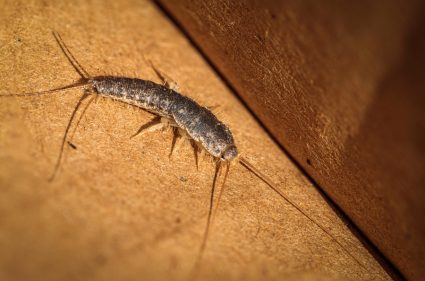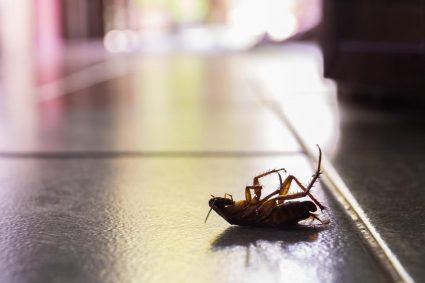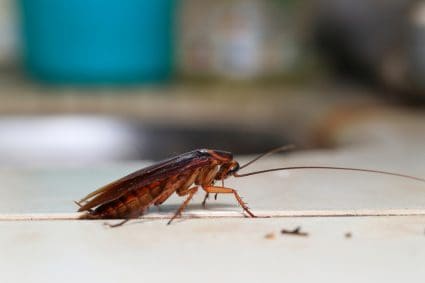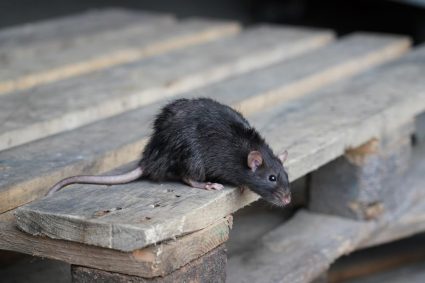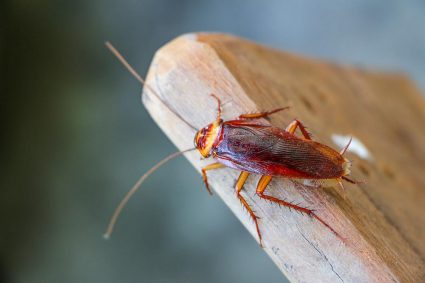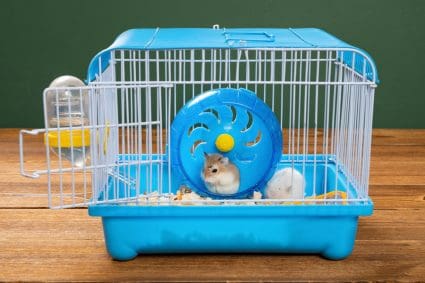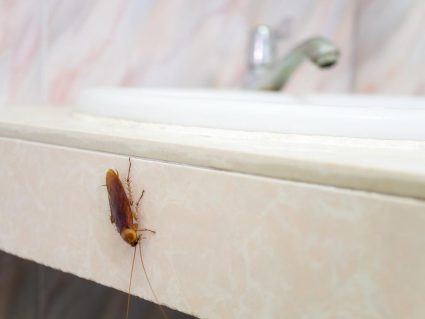
Getting rid of fleas in drains can be a daunting task, especially if you’re not sure where to start. In this comprehensive guide, we’ll walk you through the process step-by-step, providing you with practical advice, natural remedies, and preventive measures to ensure your home stays flea-free.
To get rid of fleas in drains, you can use a combination of hot water and soap, vinegar and baking soda, or vinegar and water spray to kill adult fleas and larvae. Regularly clean drains using a metal drain brush to remove debris. If these methods are not effective, consider professional pest control services. To prevent future infestations, use flea prevention for pets, seal entry points in your home, and maintain regular house cleaning.
Understanding Fleas in Drains
Contrary to popular belief, fleas typically do not infest drains. However, if you’re noticing small, flea-like insects in drains or moist areas of your home, they might be springtails, often mistaken for fleas due to their similar appearance and jumping behavior. Springtails thrive on fungus and mold, indicating a moisture issue in your home.
But if you’re certain that the insects in your drains are fleas, it’s possible they’ve entered your home through various means, including pets, clothing, or used furniture. Fleas can also infest your home if present in the surrounding environment, such as in crawl spaces, under bushes, or in brush piles.
Signs of Fleas in Drains
The most common signs of fleas in drains include small, dark, jumping insects, flea bites, presence of flea dirt (flea feces), and pets scratching excessively. If you’re unsure whether you have fleas in your drains, it’s best to consult a pest control professional for proper identification and treatment.
Risks Associated with Fleas in Drains
Fleas in drains can pose several risks, including transmitting diseases such as murine typhus, cat-scratch disease, and tapeworms to humans and pets. Fleas can also cause allergic reactions, dermatitis, and secondary infections.
Getting Rid of Fleas in Drains
To eliminate fleas in drains, you can use natural remedies and cleaning methods. Here are some effective strategies:
Hot water and soap: Use hot water (not boiling) and soap to clean the drain and kill adult fleas and larvae.
Vinegar and baking soda: Mix equal parts vinegar and baking soda, pour the baking soda into the drain first, followed by the vinegar. This mixture will react within the pipe, cleaning the drain, deodorizing, and getting rid of blockages.
Vinegar and water spray: Mix equal parts of vinegar and water in a spray bottle and apply it directly into drains. The acidic nature of the solution can help kill fleas.
Manual cleaning: Use a metal drain brush or a pipe brush to clean the drain and remove any debris or hair that may serve as a breeding ground for fleas.
If home remedies are not effective, consider professional pest control options for more extensive treatment and prevention of future infestations.
Preventing Future Flea Infestations
To prevent future flea infestations in drains, consider the following:
Flea prevention for pets: Use appropriate flea prevention methods for pets, such as topical treatments or oral medications.
Regular inspection and cleaning: Inspect drains regularly for early detection of fleas and maintain cleanliness by using appropriate cleaning agents. Dispose of any organic matter or debris that may attract fleas.
Seal entry points: Fleas may enter your home through cracks near windows, holes in the foundation, and gaps in weather stripping. Focus on sealing low-to-the-ground areas to prevent fleas from entering.
Regular house cleaning: Vacuum rugs, wash linens, and clean floors and furniture often to help kill fleas and prevent infestations.
By following these preventive measures, homeowners can effectively prevent flea infestations in drains and maintain a clean, pest-free environment.
When to Call a Professional
Consider professional pest control services for fleas in drains when DIY methods have been unsuccessful, the infestation is moderate to severe, fleas continue to be present in your home despite your efforts to remove them, or you want to ensure the safe and proper use of pest control products to protect your family and pets.
Conclusion
Eliminating fleas in drains can be a challenging task, but with the right knowledge and tools, you can effectively rid your home of these pesky pests. Remember, prevention is the best cure. Regular cleaning and maintenance of your home, coupled with effective flea control methods for your pets, can help maintain a flea-free environment.
Frequently Asked Questions
What is flea dirt and how can I identify it?
Flea dirt is actually the feces of fleas, which is primarily composed of undigested blood. It appears as small, dark specks or grains that resemble ground pepper or sand. You can identify it by placing a wet, white paper towel under your pet’s fur. If the specks turn a reddish-brown color, it’s likely flea dirt.
Can I use essential oils to repel fleas in drains?
Some essential oils like eucalyptus, peppermint, and tea tree oil are known to repel fleas. However, they must be used with caution, especially around pets, as they can be toxic if ingested or applied directly to the skin. Always dilute essential oils with a carrier oil before use and consult with a vet or pest control professional for guidance.
Can fleas survive in water?
Fleas do not thrive in water and can drown if submerged for prolonged periods. However, flea larvae can survive in moist environments, which is why drains can potentially harbor fleas or similar pests.
How long does it take to get rid of fleas in drains?
The length of time it takes to get rid of fleas in drains depends on the severity of the infestation and the methods used. Home remedies might take several applications over a few weeks, while professional pest control services can expedite the process.
What are the signs of a serious flea infestation?
Signs of a serious flea infestation include persistent flea bites on humans and pets, excessive scratching or biting by pets, visible fleas in the home, and the presence of flea larvae or eggs in carpets, bedding, or furniture. If you notice these signs, it’s best to consult a pest control professional.


